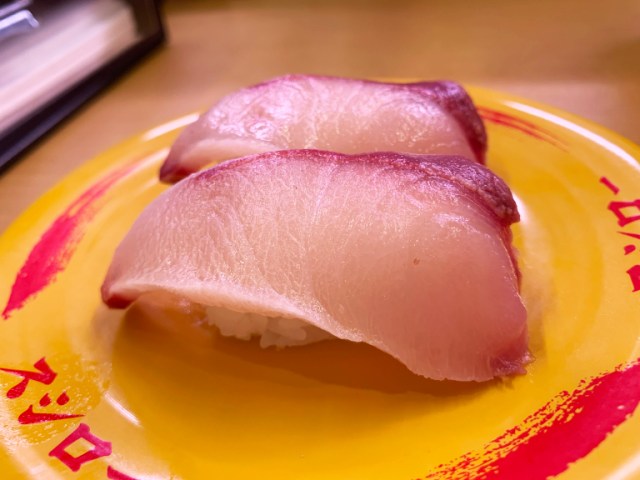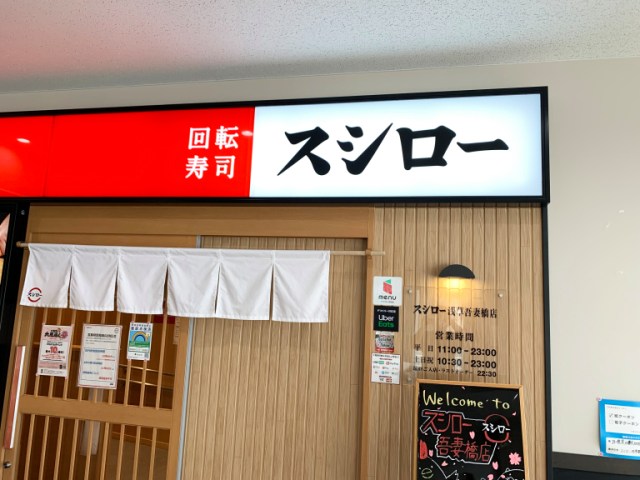This type of conveyor belt sushi tastes different in Tokyo than it does in Osaka, but why?

Same fish, same restaurant chain, but something is very different between Kanto and Kansai.
Basically speaking, the point of a chain restaurant is that no matter which branch you go to, you know what the food’s going to be like. For example, if you walk into a Lotteria in Tokyo and order a Tsukimi Rib Sandwich, you expect it to be the same as the Tsukimi Rib Sandwich customers get in Osaka, right?
So we were surprised when we kept hearing people say that the hamachi (yellowtail tuna) at Sushiro, one of Japan’s most popular conveyor belt sushi restaurant chains, is different in the Kanto region (east Japan) than it is in Kansai (the part of the country around Osaka). It wasn’t just online commenters we’d heard saying this, either, as our own Japanese-language reporter Seiji Nakazawa, an Osaka native now living and working in Tokyo, has eaten hamachi at both Kanto and Kansai Sushiro branches, and says “They’re clearly different.”
So what’s the difference? The texture. “In Kansai, Sushiro’s hamachi has a firm texture, with a bit of snap to it,” Seiji explains. “But here in Kanto, the hamachi has a tenderer texture, and it’s moister too.”
“That’s not just my personal opinion, either,” adds Seiji, who, as you might recall, is occasionally privy to insider information at Sushiro. He was able to confirm with the company that yes, their hamachi (and also their buri, another name for yellowtail tuna in Japanese) does indeed have different textures at the chain’s Kanto and Kansai restaurants, and the reason why is that there’s a difference in how much time passes between when the fish are caught and when they’re shipped to individual restaurants.
▼ A Kanto Sushiro

That might have you assuming that all of Sushiro’s yellowtail comes in through fishing ports in Kansai, and that they simply can’t ship it to branches in Tokyo as quickly as they can to restaurants in Osaka…but that’s not the case. Yes, for Tokyo branches slightly more time passes between when the fish is caught and when it reaches the in-restaurant plate, but this is completely by design, as Sushiro intentionally delays shipping in Kanto just a bit. That extra time results in a softer texture with more moistness, and those are the qualities sushi fans in Tokyo prefer in their hamachi, Sushiro says. Meanwhile, in Kansai, Sushiro says sushi fans are happiest when their hamachi is firmer and dryer, traits associated with faster distribution.
We should emphasize that even with the slower distribution for Kanto, Sushiro’s hamachi is extremely fresh and poses no health risks when eaten raw. And perhaps the difference between Kansai hamachi and Kanto hamachi is something not everyone will immediately notice, considering you’re unlikely to eat them both in the same meal. Still, plenty of people say they can taste a difference, and it turns out they weren’t imagining things, proving once again that when it comes to food, Kanto and Kansai often do things differently.
Photos ©SoraNews24
● Want to hear about SoraNews24’s latest articles as soon as they’re published? Follow us on Facebook and Twitter!
Credit:

0 comments:
Post a Comment